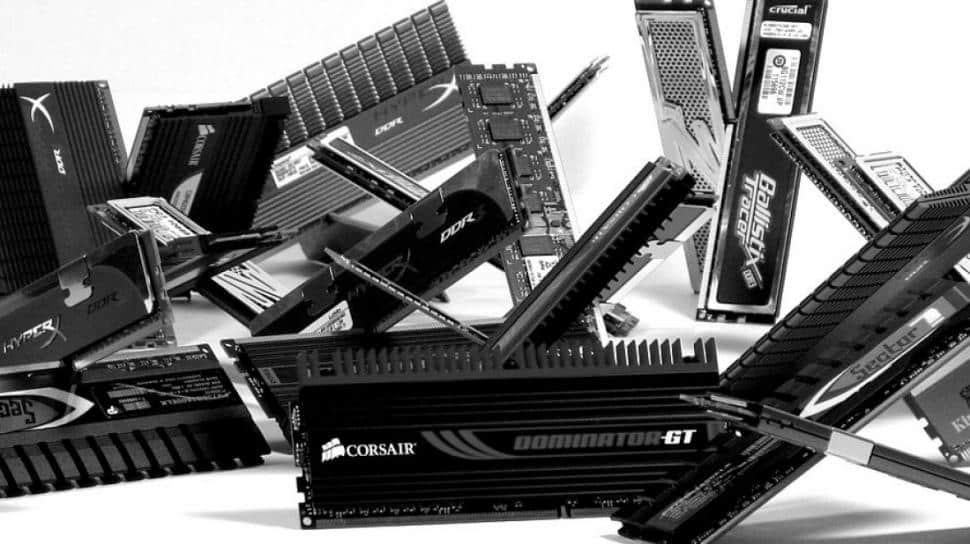Memory: Historically low DRAM demand growth could drive prices down in 2023


Market researchers from Trendforce want to have determined that demand growth for DRAM will fall to an all-time low next year, while at the same time there will be oversupply.
According to the report released by Trendforce, growth next year is expected to be just 8.3 percent, below 10 percent for the first time in history, while supply-side growth is expected to be around 14.1 percent. Accordingly, the data suggests that the DRAM market will be severely oversupplied at least in 2023 and prices could fall further, they say.
For PC-DRAM, the share of DDR4 and LPDDR4X is expected to continue to decrease, while the penetration rate of LPDDR5 and DDR5 in the market and in the install base will continue to increase. However, DDR5’s price premium is said to limit growth. It is estimated that the “DRAM density” in PCs will increase by about 7 percent annually until 2023. If manufacturers cut DDR5 prices more aggressively next year, the install base could increase by as much as 9 percent, depending on whether DDR5 price concessions can be effectively matched with DDR4, Trendforce said.
Server RAM
Meanwhile, in terms of server DRAM, the new Sapphire Rapids and Genoa platforms have increased the cost of whole devices due to the advent of DDR5 memory specifications, and the average server capacity is beginning to reach its limit. Instead of the previous practice of simply upgrading the capacity of a single module, demand-side considerations would focus more on hardware costs and the application of ESG strategies. Average capacity growth of server DRAM is projected to be limited in 2023, growing at about 7 percent annually.
Smartphone RAM
Global economies are generally pessimistic about the consumer market as inflation rises, the report said. Trendforce anticipates that cyclical replacement needs and new demand in emerging regions will lead to a modest increase in smartphone production. As for mobile DRAM, “the Android camp currently has enough installed capacity to meet the needs of day-to-day system operation.” Therefore, given the cost of the devices and the low share of high-end sales, the willingness of smartphone manufacturers to increase installed capacity has correspondingly decreased without stimulus in the application area.
Source: trend force
Reference-www.pcgameshardware.de